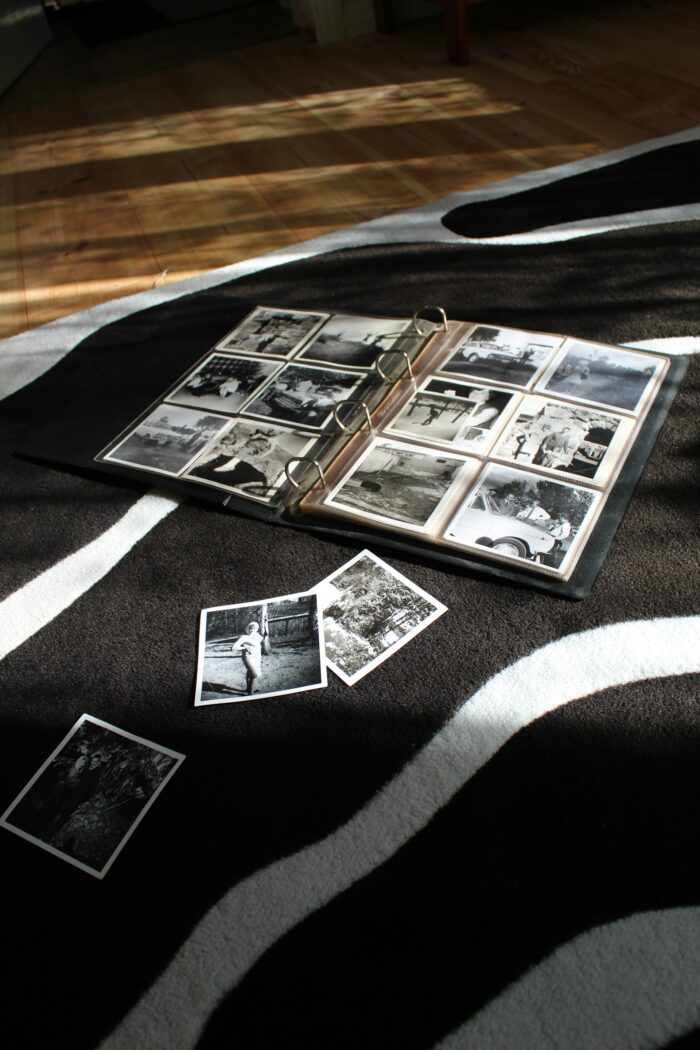Researchers debate about how working memory works in dueling papers in the August 8 edition of the Journal of Neuroscience, as David Orenstein from MIT News explores this in this article.
Working memory refers to the part of short-term memory that enables memory-in-action. It’s what helps people remember the directions to a new restaurant. Working memory capacity is strongly correlated with intelligence. Dysfunction of working memory is also a major symptom of schizophrenia, autism, and other psychiatric disorders. Mikael Lundqvist, a lead author for one of the papers, states that it’s important that people understand how working memory works. Picower Professor Earl Miller also adds that “we can figure out how to fix it.”

Photo by Anne Nygård on Unsplash.
The debate concerns what happens after you perceive and hold on to things in memory to reapply later. One side of the argument holds that neurons in the prefrontal cortex are consistently firing away to remember the information. The other side holds that they spike in brief, coordinated bursts to store and retrieve information via patterns of their connections, similar to how long-term memory is thought to be represented.
Lundqvist, Miller, and Pawel Herman from the KTH Royal Institute of Technology in Stockholm, Sweden argued for the second position. They reference how brief, coordinated bursts are evident in recent experiments. They also described how such activity aligns with efficient, independent control of multiple items with precise timing, consistent with key features of working memory.
Most of the disagreement may come from differences in how the researchers selected and analyzed the data. The MIT authors state that the data supporting persistent firing arises from averaging the firing patterns of a few neurons over many working memory trials.
Averages tend to smooth out data over many trials. In the newer experiments, however, scientists analyzed the spiking of neurons in each individual trial. Miller and Lundqvist say that in the new experiments, it is clear that neurons fire in coordinated bursts.
Miller and Lundqvist also argue that it makes functional sense that neurons fire in short bursts. This method of firing uses less energy than constant firing. In addition, this pattern explains how multiple pieces of information may be held simultaneously, as distinct bursts represents different information.
Categorised in: Uncategorized
This post was written by Helen
